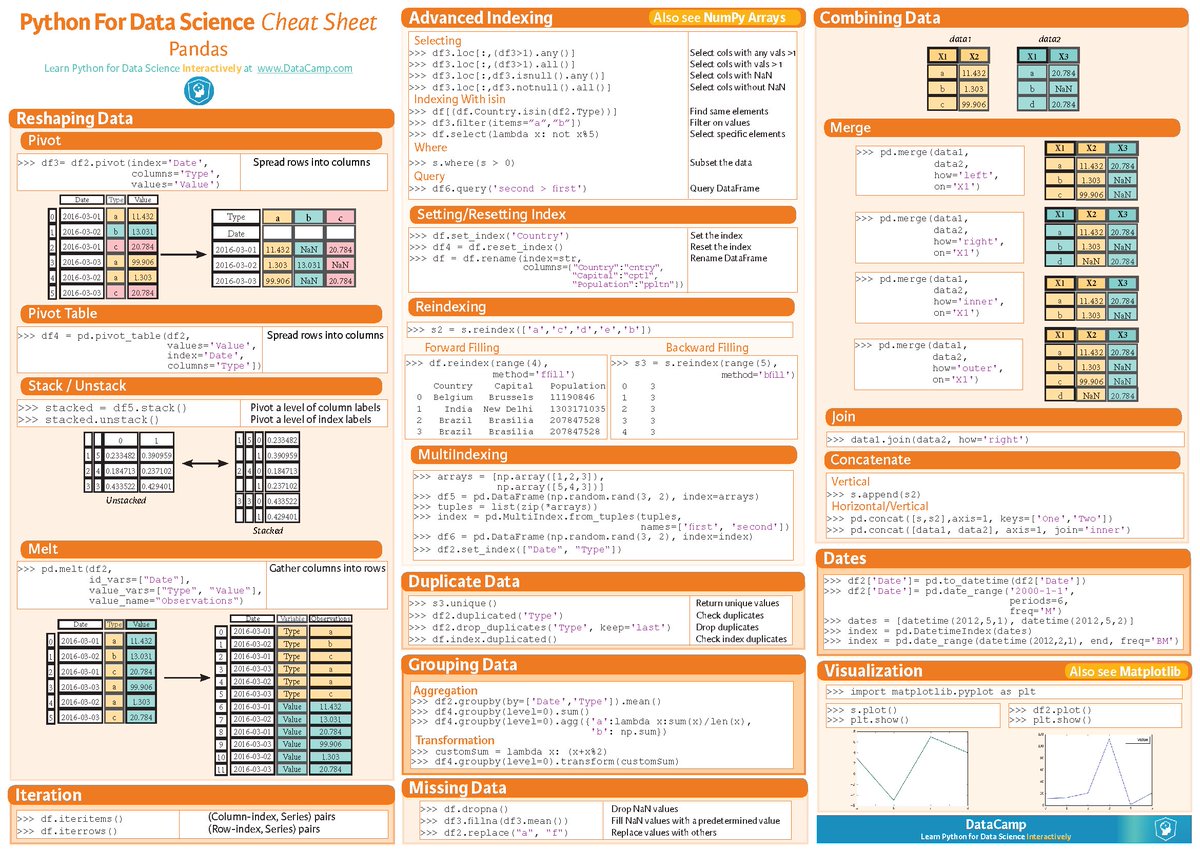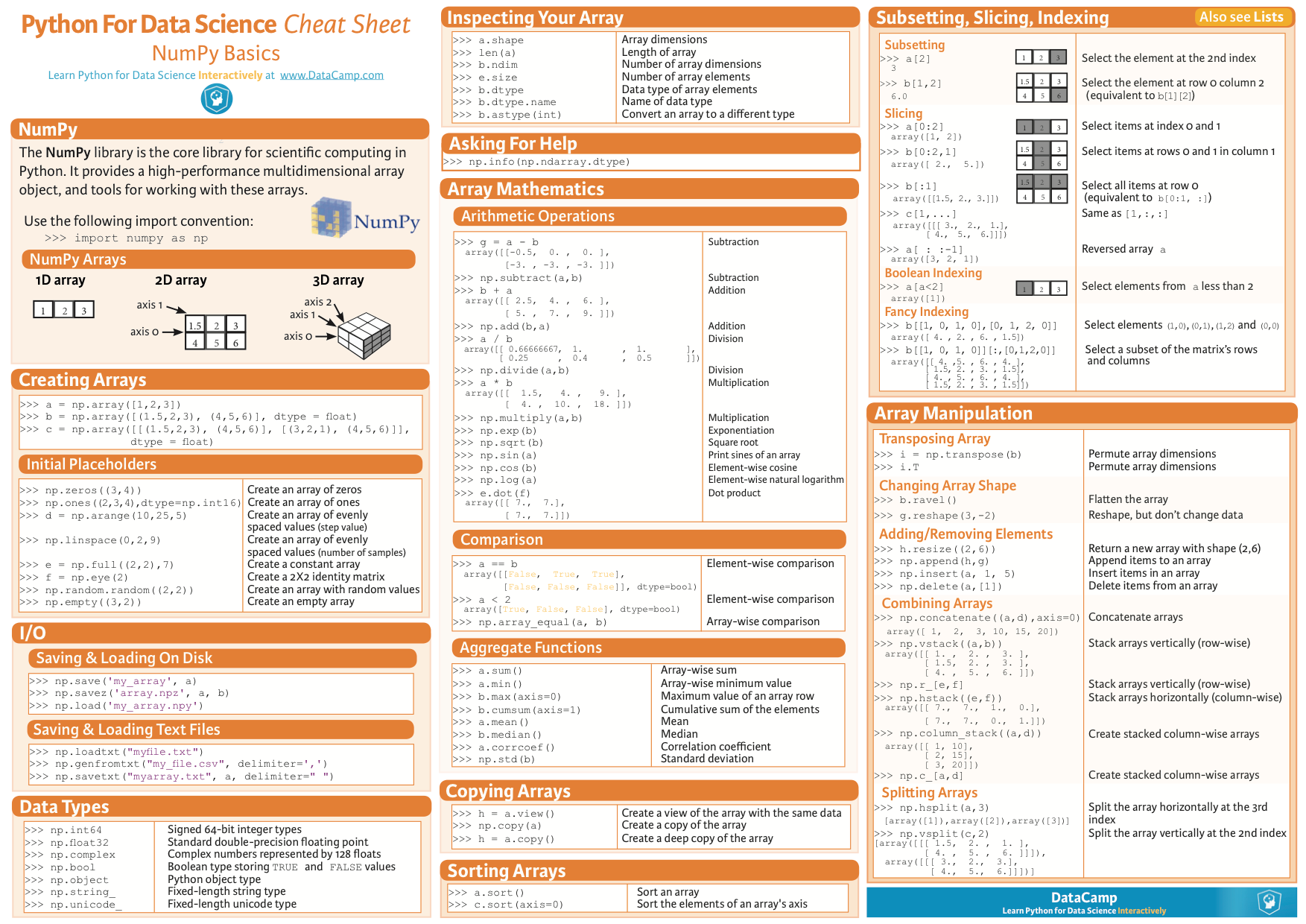R is more than just a statistical programming language. It’s also a powerful tool for all kinds of data processing and manipulation, used by a community of programmers and users, academics, and practitioners. But in order to get the most out of R, you need to know how to access the R Help files and. Data Wrangling with dplyr and tidyr Cheat Sheet RStudio® is a trademark of RStudio, Inc. CC BY RStudio. info@rstudio.com. 844-448-1212. rstudio.com Syntax - Helpful conventions for wrangling dplyr::tbldf(iris) w Converts data to tbl class. Tbl’s are easier to examine than data frames. R displays only the data that fits onscreen. Combining dplyr‘s groupby and filter functions allows for the filtering of rows of a data frame based on per-group metrics. Grouping a data frame by a selection of columns followed by a call to filter allows for filtering a data frame based on per-group summary functions. Given a students data frame, to keep all the rows of students whose per-age average mathscore is less than 80.



A data frame, a matrix-like structure whose columns may be of differing types (numeric, logical, factor and character and so on).

R Data Frame Cheat Sheet Template

R Data Frame Cheat Sheet
How the names of the data frame are created is complex, and the rest of this paragraph is only the basic story. If the arguments are all named and simple objects (not lists, matrices of data frames) then the argument names give the column names. For an unnamed simple argument, a deparsed version of the argument is used as the name (with an enclosing I(...) removed). For a named matrix/list/data frame argument with more than one named column, the names of the columns are the name of the argument followed by a dot and the column name inside the argument: if the argument is unnamed, the argument's column names are used. For a named or unnamed matrix/list/data frame argument that contains a single column, the column name in the result is the column name in the argument. Finally, the names are adjusted to be unique and syntactically valid unless check.names = FALSE.
